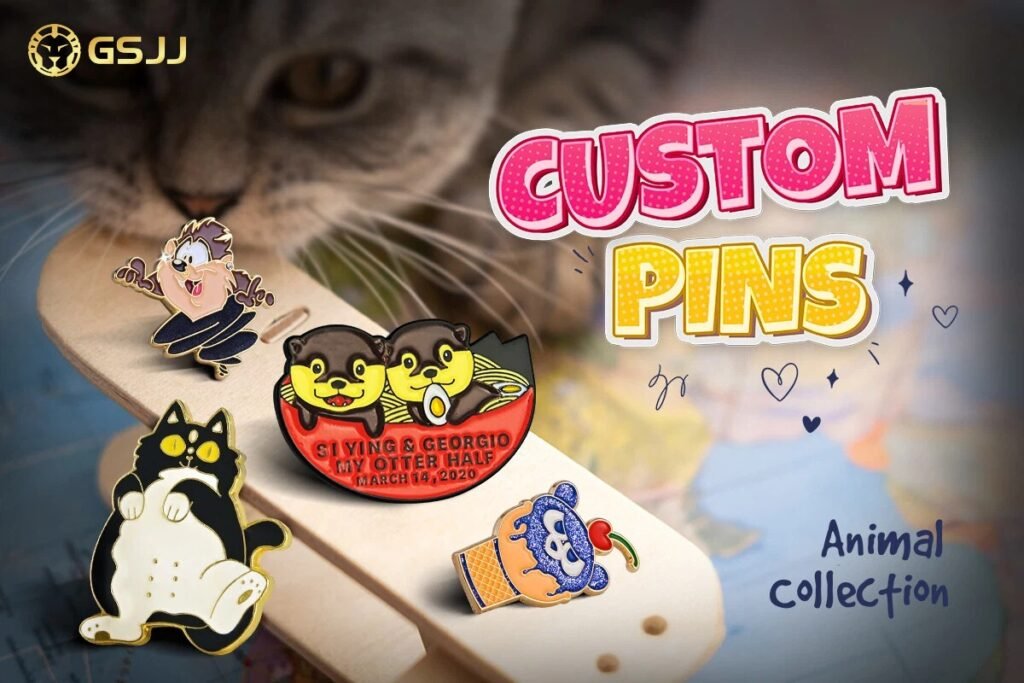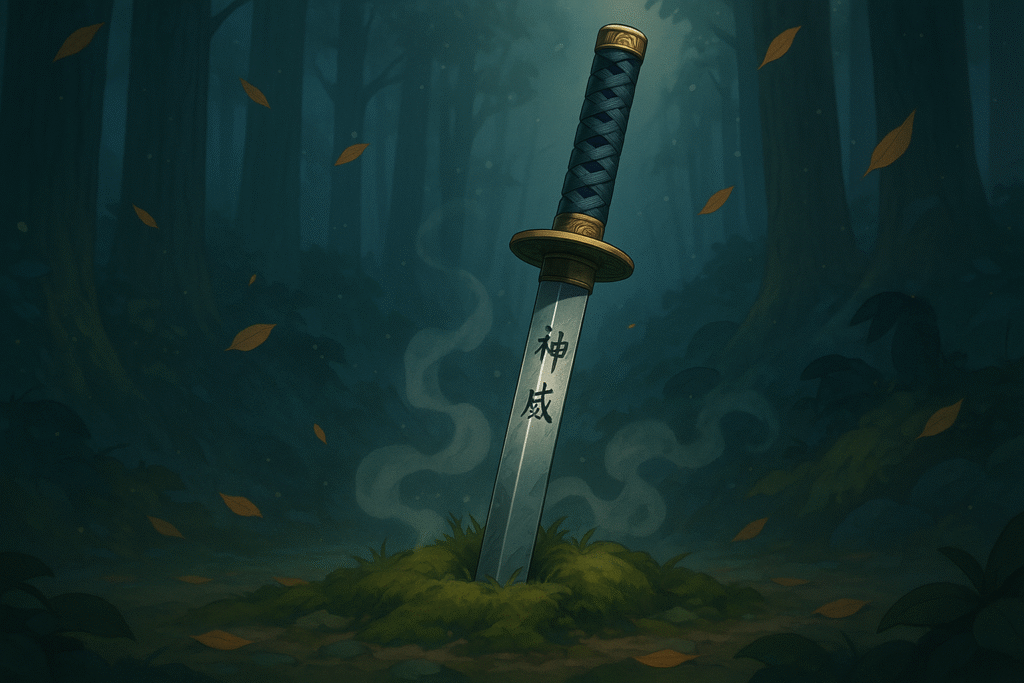Have you ever noticed how many adorable creatures call Japan home? From the snowy mountains of Hokkaido to the southern islands, cute Japanese animals have captivated both locals and tourists alike. These charming critters have even inspired countless anime characters, kawaii merchandise, and have become cultural icons in their own right.
As someone who fell in love with Japanese culture through language study (check out my JLPT N5 Study Guide if you’re starting your own Japanese learning journey!), I’ve found that understanding Japan’s native wildlife adds another fascinating dimension to appreciating this incredible country.
Let’s explore ten of the most adorable cute Japanese animals that make the Land of the Rising Sun a paradise for animal lovers!
1. Ezo Momonga: Japan’s Flying Marshmallow
The Ezo Momonga (Japanese dwarf flying squirrel) might just be the cutest animal you’ve never heard of. With enormous, soulful eyes and a tiny body that barely reaches 8 inches long, these nocturnal creatures look like living plush toys.
Found primarily in Hokkaido and other forested regions of Japan, these little gliders make their homes in tree hollows and feed on seeds, fruits, and leaves. Their adorable appearance has made them internet sensations and beloved symbols of Japanese kawaii culture.
Fun fact: Despite their name, they don’t actually fly—they glide using a membrane that stretches between their front and back legs!
2. Shima Enaga: The Fluffy Snow Bird
The Hokkaido subspecies of long-tailed tit (Shima Enaga) is distinctive for its completely white face—looking like a tiny cotton ball with a tail. Unlike their relatives elsewhere that have eyebrow-like markings, these cute Japanese animals have faces as pure white as the snow they inhabit.
These birds show remarkable social behaviors, with unpaired birds often helping related breeding pairs raise their young. During cold winter nights, they huddle together in fluffy groups to stay warm—adding even more charm to their already adorable appearance.
3. Tanuki: The Mischievous Trickster
The Japanese raccoon dog, or tanuki, has deep roots in Japanese folklore as a playful shapeshifter. While they might look like North American raccoons, these cute Japanese animals are actually members of the canid family.
As I discussed in my Kirin Japanese Mythology article, Japanese folklore is filled with animals that take on mythical significance. The tanuki is portrayed as a jolly, mischievous creature in countless folk tales and modern pop culture—including as the shopkeeper in the popular Animal Crossing video game series.
In real life, these nocturnal creatures are just as charming, with their round bodies and inquisitive faces making them among Japan’s most beloved native animals.
4. Tsushima Leopard Cat: The Island Feline
The endangered Tsushima leopard cat is a subspecies of leopard cat found only on Tsushima Island. About the size of domestic cats, these wild felines feature beautiful spotted coats and expressive faces.
Conservation efforts for these cute Japanese animals have increased as their numbers dwindle, with the Japanese government declaring them a national treasure. Their rarity and beauty have made them iconic symbols of Japan’s biodiversity and conservation needs.
5. Red Fox: Mythical Messenger
The Japanese red fox (known as kitsune) holds a special place in Japanese folklore as a magical being capable of shapeshifting into human form. As I explored in my Japanese Ghost Stories post, supernatural creatures feature prominently in Japan’s cultural landscape.
In Hokkaido, visitors can spot these cute Japanese animals with their distinctive red-orange fur, bushy tails, and alert, pointed ears. Their intelligence and beauty have earned them reverence in Japanese culture, where they’re associated with the Shinto deity Inari.
Want to explore Japan’s culture?
Discover Japan’s rich culture, traditions, and hidden gems with our expertly crafted guides. Get insider tips on travel, food, and history. All for free!
6. Sika Deer: The Sacred Messengers
In Nara, these gentle deer roam freely among tourists, often bowing politely before receiving special deer crackers. Considered divine messengers in Shinto tradition, these cute Japanese animals have been protected as national treasures.
The deer have become so accustomed to humans that they’ve learned to bow for food—though visitors should remember that despite their seemingly tame behavior, they remain wild animals that deserve respect and space.
7. Snow Monkeys: The Hot Spring Enthusiasts
Few images capture the uniqueness of Japan’s wildlife better than Japanese macaques (snow monkeys) bathing in steaming hot springs while surrounded by snow. These intelligent primates have figured out that natural hot springs (onsen) provide perfect relief from harsh winter conditions.
These cute Japanese animals have become a major tourist attraction, particularly at Jigokudani Monkey Park in Nagano Prefecture, where visitors can observe these remarkably human-like creatures enjoying their warm baths and grooming each other.
8. Iriomote Cat: The Rare Island Treasure
The critically endangered Iriomote cat lives exclusively on the tiny island of Iriomote in Okinawa Prefecture. Similar to the Tsushima leopard cat, this wildcat is a living treasure of Japan’s biodiversity.
Named a national monument by the Okinawa government, these cute Japanese animals remain mysterious due to their rarity and elusive nature. Their protection represents Japan’s commitment to preserving its unique wildlife.
9. Red Squirrel: The Forest Acrobat
The Japanese subspecies of the Eurasian red squirrel (known as the Ezo red squirrel) is distinguished by its adorable tufted ears and reddish coat. These energetic little creatures can be spotted darting through Hokkaido’s forests.
Unlike the common squirrels found in North America, these cute Japanese animals maintain their distinctive ear tufts year-round, adding to their charm and appeal.
10. Japanese Dwarf Flying Squirrel: The Night Glider
This miniature relative of the Ezo Momonga might be even cuter! Found primarily on Honshu and Kyushu islands, these tiny creatures measure just 14-20cm and have captured hearts worldwide with their enormous eyes and tiny paws.
Much like their spiritual connection to the supernatural beings I discussed in my Umi Bozu Folklore article, these cute Japanese animals seem almost magical with their ability to glide gracefully between trees under the cover of darkness.
Why Japanese Wildlife Captures Hearts Worldwide
Japan’s unique geographical isolation has created a haven for distinctive wildlife found nowhere else on Earth. The country’s culture of appreciating nature’s beauty (a concept known as “mononoaware”) extends to these charming creatures, many of which have become cultural icons.
From inspiring popular anime characters to appearing in traditional art, these cute Japanese animals represent Japan’s harmonious relationship with nature and continue to enchant people around the globe.
These adorable animals are not only symbols of nature but also an important part of Japanese culture, inspiring everything from anime characters to collectible merchandise. For anyone who wants to capture that charm in a personal way, custom lapel pins are a fun option. You can turn images of these ten cute animals into unique pins that reflect your own style. They are more than just small accessories. They offer a simple way to express your appreciation for Japanese wildlife and carry a piece of that natural magic with you.

Q&A About Cute Japanese Animals
What is the cutest animal in Japan?
The Ezo Momonga (Japanese dwarf flying squirrel) is widely considered the cutest animal in Japan with its enormous eyes and tiny body.
Can tourists see these animals in the wild?
Yes, many of these animals can be observed in natural settings. Snow monkeys can be seen at Jigokudani Monkey Park, while Nara deer roam freely in Nara Park. However, rarer species like the Iriomote cat require specialized wildlife tours.
Are any of these animals endangered?
Yes, several cute Japanese animals face conservation challenges, including the Tsushima leopard cat and the Iriomote cat, which are both endangered due to habitat loss and other human-related factors.
Which Japanese animal has the strongest cultural significance?
The kitsune (fox) and tanuki (raccoon dog) both feature prominently in Japanese folklore and mythology, appearing in countless stories, artworks, and modern pop culture references.
Have you encountered any of these adorable creatures in person? Or do you have a favorite cute Japanese animal not mentioned here? Share your experiences in the comments below!
If you enjoyed this article, you might also like my explorations of Japanese mythology creatures or traditional Japanese ghost stories.
And if you’re interested in learning Japanese to better appreciate these wonderful animals’ native names, don’t forget to check out my comprehensive JLPT N5 Study Guide!
Love Japan? Stay in the Loop!
Get the best of Japan straight to your inbox: language, culture & travel insights!




